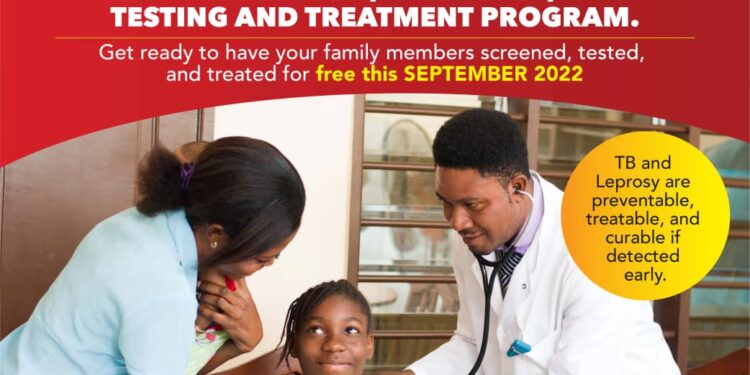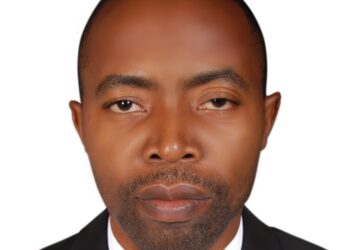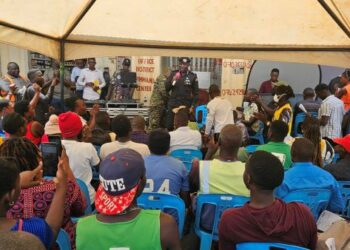The coronavirus disease 2019 (COVID-19) posed a significant global health emergency directly and indirectly through disruption of health care delivery. The pandemic reversed the progress which had been made in reducing the global burden of TB and leprosy disease. The global number of TB deaths increased between 0.2–0.4 million in 2020 alone, if health services are disrupted to the extent that the number of people with TB who are detected and treated falls by 25–50% over a period of 3 months. The registered prevalence of leprosy (the number of cases on treatment at the end of 2020) was 129192, with a rate of 16.6 per million populations.
Globally, 127396 new cases were reported, for a case detection rate of 16.4 per million populations. Both figures were much lower than in previous years, with a 27.7% reduction in registered prevalence and a 37.1% reduction in new cases as compared with 2019. This change is probably due to less detection and reporting during the COVID19 pandemic. More over the new global strategic direction is towards stopping transmission of leprosy.
Uganda is one of the 30 high TB/HIV burden countries and among the 20 countries that contribute 83% of people missing out TB diagnosis annually with suboptimal treatment success at 83%. COVID-19 reversed the gains that were being made in reducing the number of people missing with TB (20% in 2019 to 27% in 2020). Although Uganda attained elimination of leprosy as a public health problem, there is still ongoing transmission of leprosy as evidenced by a high proportion of children (12%) and delayed detection of leprosy cases as evidenced by a significant proportion of Grade 2 disability (21%)The NTLP has undertaken interventions to address the above anomaly through the catch-up and CAST TB (Community Awareness, Screening, Testing, Prevention and Treatment to end TB campaign) campaign which were done during the month of May 2021 and March 2022 respectively with outstanding results in terms of finding new and relapse TB cases.
The CAST TB/Leprosy campaign is designed to help the country catchup with the missed TB and leprosy diagnoses during the COVID-19 pandemic and go beyond by finding 80% of prevalent TB, cut community TB and leprosy transmission and end TB and leprosy in Uganda. This will entail the implementation of intensified community and health facility TB and leprosy services activities led by the districts with support from Ministry of Health and Partners in a campaign mode.
The Cast TB campaign will be implemented at a six-monthly interval with continuation of routine TB and Leprosy programming between the campaign periods to ensure sustained delivery of TB and Leprosy services at all times.
It is also envisaged that the engaged VHTs using integrated approach will continue to identify persons in need of TB and leprosy services and link them to the health system accordingly.
There will be leading activities that support the creation of an enabling environment for the 5 days’ full community engagement to evaluate the contacts, presumptive and active TB cases.
Post campaign interventions are to be prioritized like the feedback meetings, data quality assurance and mentorship for sustained results.
It is important to note that the NTLD, as a program dealing with dismantling TB and leprosy has been having challenges with performance on two key indicators; community case notification and treatment outcomes that are heavily dependent on the strength of the community health systems.
There have been attempts to get the community on board to improve performance of these and other indicators through the routine service provision but this has not received adequate attention and this resulted in missed diagnosis and treatment outcomes.
The current statistics from NTLP indicate that 10,739 (15%) TB Cases were missed between Jan – Dec 2020, 3,646 missed TB cases between Jan – Jun 2021, 14% lost to follow up are within the community (Apr – Jun 2021) and not all people with TB come to the health facility.
More over the proportion of children with leprosy is at 12% signifying on going transmissions and the proportion of new leprosy cases with grade 2 disability is at 21% signifying delayed case detection. It’s against this very background that the Division wishes to explore further in the engagement of communities in the search for TB and Leprosy cases in a campaign mode.
The main purpose of this CAST TB is to accelerate achievement of the reduction in TB incidence, UNHLM targets on TB, global leprosy targets and an end to the TB epidemic and attain Zero Leprosy status by 2030 through raising awareness on the risk factors associated with the TB and leprosy disease, conduct community lead TB and Leprosy services so that community members can prioritize preventive and curative services in the fight towards TB and Leprosy control.
NTLP in support of the ministry of Health among other partners, in a way of strengthening the system of service delivery, orientation cascades have been deliberately designed to establish a mentorship, supervision, monitoring, reporting and accountability hierarchy with the DHT taking overall responsibility and ownership, while the peripheral health facility-based staff will identify the rightful VHTs, facilitate the process, provide technical and other support functions, receive and analyze sputum samples as well as financial accountability.
I therefore implore Ugandans at all levels of administrative units to overwhelmingly embrace the CAST TB campaign to reduce the sour impact of TB and leprosy in their respective communities.
Kato Sulaiman
BCC specialist
National Tuberculosis & Leprosy Program-NTLP
Katosulaiman@yahoo.com
Do you have a story in your community or an opinion to share with us: Email us at editorial@watchdoguganda.com













